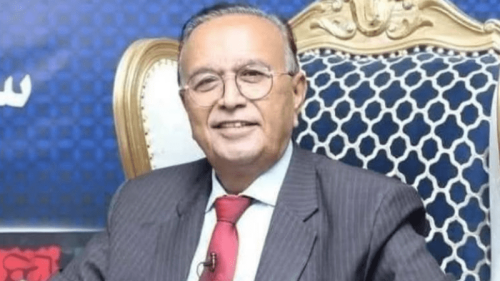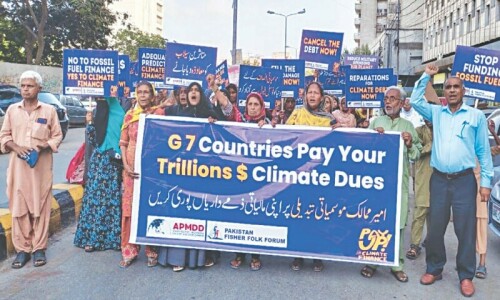TOKYO: Japan on Sunday started the first evacuations of homes outside a government exclusion zone after the March 11 earthquake and tsunami crippled one of the country's nuclear power plants.
Some 4,000 residents of Iidate-mura village as well as 1,100 people in Kawamata-cho town, in the quake-hit northeast, began the phased relocations to public housing, hotels and other facilities in nearby cities.
Their communities are outside the 20-kilometre radius from the Fukushima Daiichi power plant, officially designated as an area of forced evacuation due to health risks from the radiation seeping from the ageing and damaged plant.
The government told people in communities such as Iidate-mura they had to leave, but authorities are unlikely to punish those who choose to stay.
“I am sure all of you have lived in Iidate-mura all your life and never moved,” mayor Norio Kanno told a group of residents preparing to leave their homes.
“Considering the future of our children and young people, as well as the health of our village residents, we have no choice but to go ahead with the village-wide evacuation,” he said.
“I will do whatever I can so that you will be able to return home as soon as possible.”
The first batch of evacuees was mostly those with small children and pregnant women, who are considered more vulnerable.
Although Iidate-mura and Kawamata-cho are 30 kilometres away from the plant, they have consistently received high amounts of radioactive materials due to wind patterns.
The plant, operated by Tokyo Electric Power Co (TEPCO), was heavily damaged by the record 9.0-magnitude earthquake and ensuing tsunami, which sparked the world's worst atomic crisis in 25 years.
Emergency crews have also started reassessing the status of reactor one at the six-reactor power plant after discovering that the fuel inside the reactor had apparently melted down, TEPCO said.
Some 3,000 tons of highly radioactive contaminated waste water has been discovered under reactor one, forcing officials to think of ways to properly pump it out and process it, it said.
Ruling-party lawmaker Goshi Hosono, special aide to Prime Minister Naoto Kan, said the government still hoped to keep its pledge to achieve the cold shutdown of four damaged reactors by the end of the year.
He added reactor three has not cooled down as hoped earlier, saying it was more of a worry to him than reactor one, which has been relatively stable at low temperatures.
In a related development, Chubu Electric Power Co. said all reactors at its ageing Hamaoka nuclear power plant entered into a state of “cold shutdown” on Sunday.
Seismologists have long warned that a major earthquake is overdue in the Tokai region southwest of Tokyo where the Hamaoka plant is located.
Kan said the plant should stay shut until a higher sea wall is built and other measures are taken to guard it against a major quake and tsunami.—AFP

















































Dear visitor, the comments section is undergoing an overhaul and will return soon.